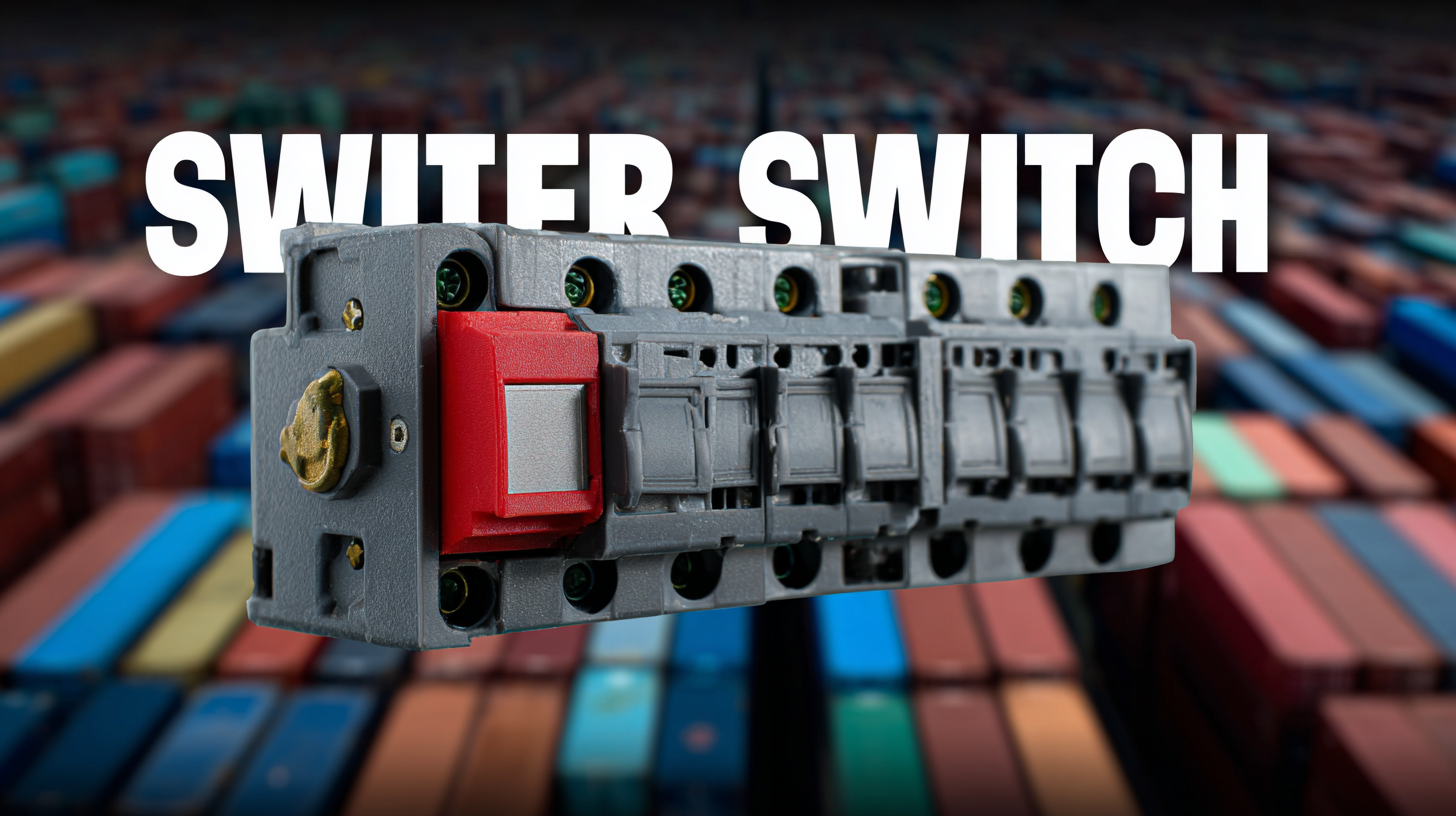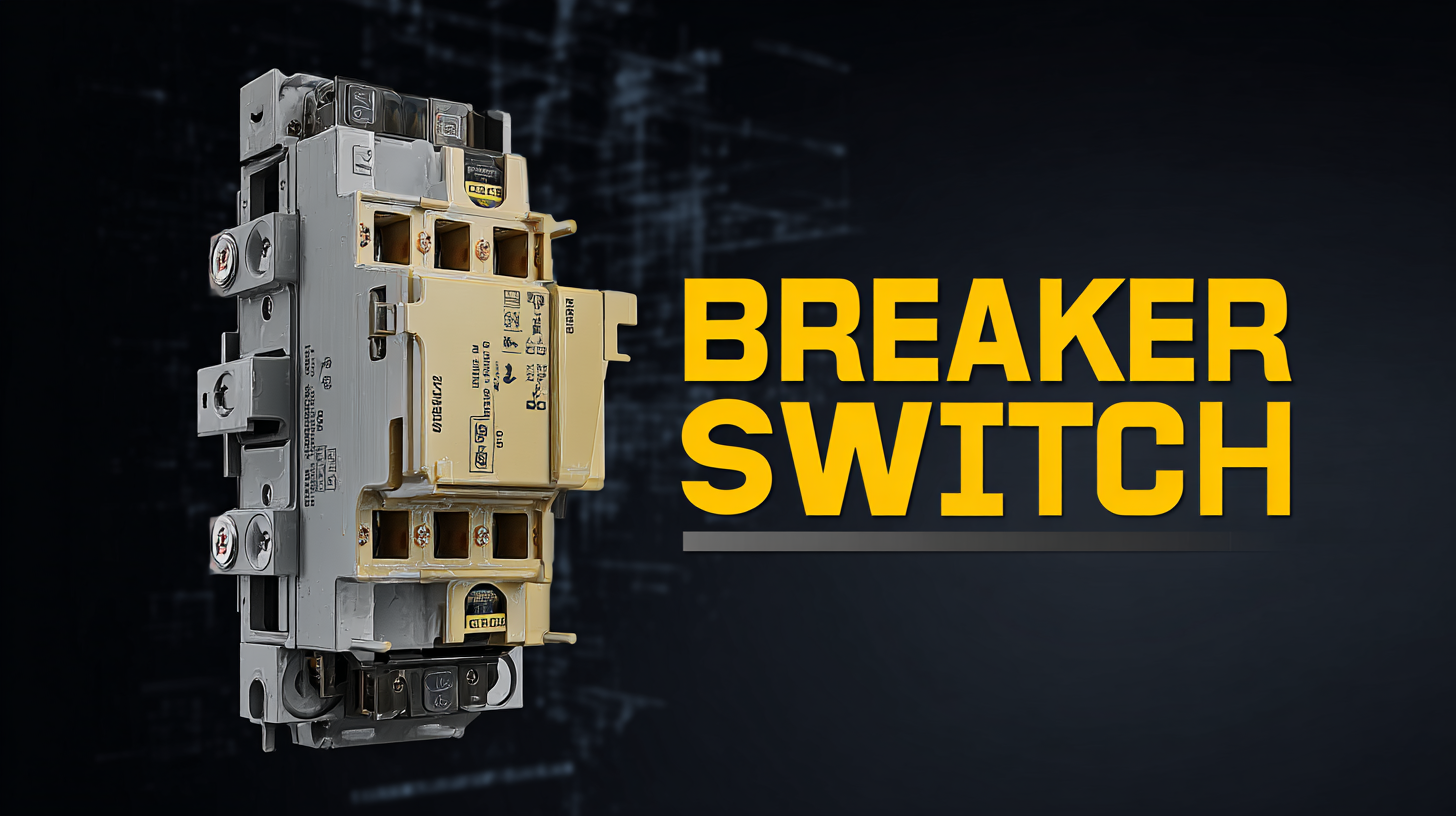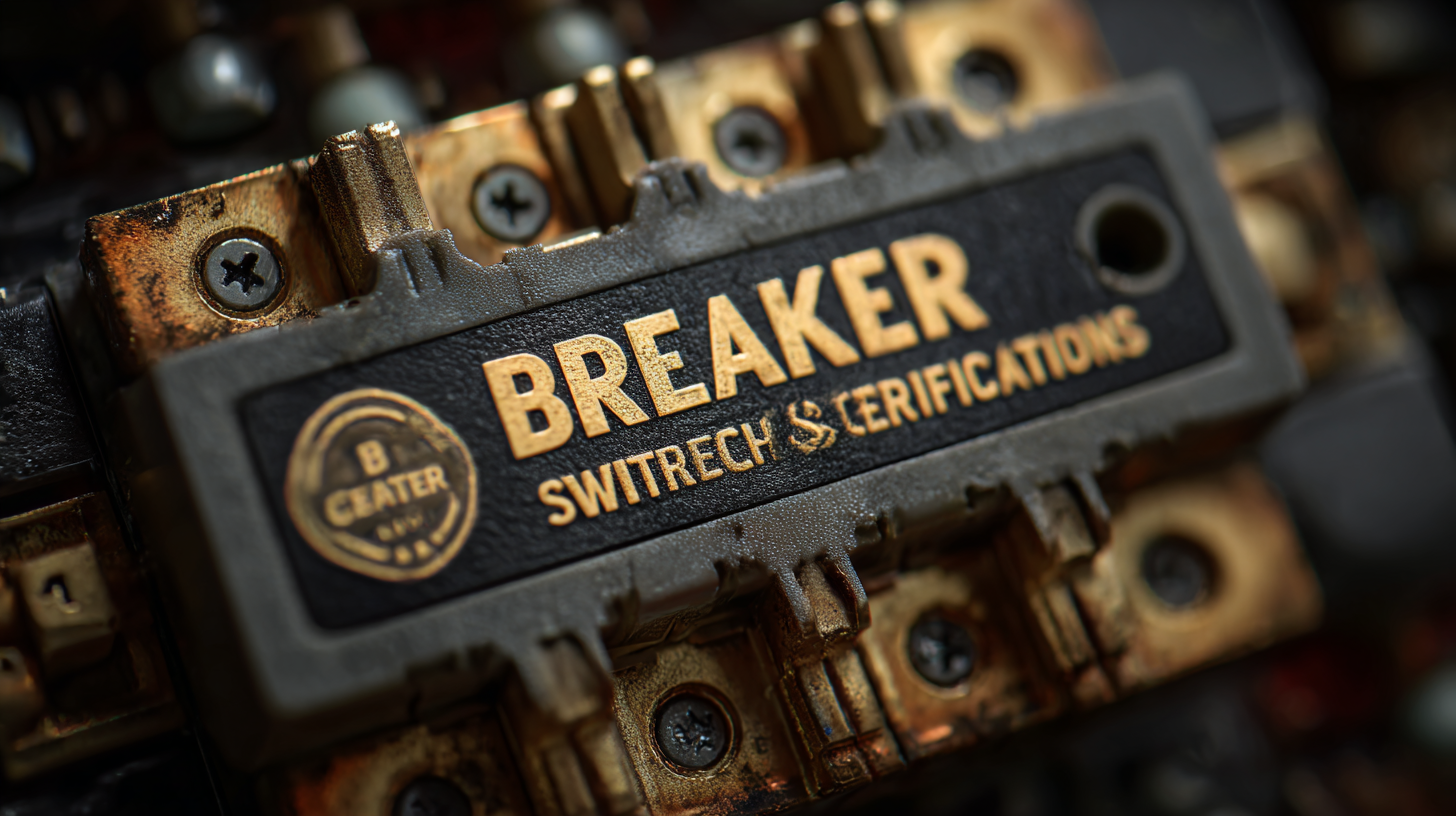
Unlocking Global Trade: The Essential Guide to the Top 5 Best Breaker Switch Certifications
In an increasingly interconnected world, facilitating global trade demands not only the right products but also the necessary certifications to assure safety and reliability. One such pivotal component in electrical systems is the Breaker Switch, a device designed to protect electrical circuits by interrupting the flow of current during overloads or faults. As manufacturers seek to expand their presence in international markets, understanding the various certifications associated with Breaker Switches becomes crucial. This guide delves into the top five essential Breaker Switch certifications that are vital for compliance and market acceptance, providing insights on their significance, application areas, and the steps required to achieve them. By unlocking the complexities of these certifications, businesses can enhance their global trade strategies and ensure their products meet international standards, paving the way for successful market entry and customer confidence.

Understanding the Importance of Breaker Switch Certifications in Global Trade
In today's increasingly interconnected world, the importance of breaker switch certifications cannot be overstated. These certifications serve as a benchmark for safety, reliability, and compliance within global trade, enabling manufacturers and consumers to assure quality across borders. According to a recent report by MarketsandMarkets, the global circuit breaker market is projected to reach $20.9 billion by 2025, with demand driven significantly by industrial and construction sectors. Ensuring that products meet specific standards through recognized certifications is vital for maintaining competitive advantage in such a booming market.

Moreover, adherence to certification standards mitigates risks associated with electrical components, reducing the likelihood of failures that can lead to costly downtimes or hazardous situations. The International Electrotechnical Commission (IEC) has identified standardized certifications as critical factors influencing procurement decisions. In fact, a survey by the National Electrical Manufacturers Association (NEMA) indicates that over 75% of businesses consider certification as a key attribute when selecting switchgear. As global trade continues to expand, understanding and prioritizing breaker switch certifications not only enhances operational efficiency but also strengthens consumer trust in products across international markets.
Key Certification Bodies: Who Issues the Best Breaker Switch Certifications?
When it comes to ensuring the reliability and safety of breaker switches, certification from recognized bodies is paramount. Various organizations around the world have established themselves as leaders in the certification process, helping manufacturers and consumers alike navigate the complex landscape of global trade. Among these, Underwriters Laboratories (UL) stands out, offering rigorous testing and validation for electrical components. UL certifications are widely respected, providing a stamp of quality assurance for products entering the market.
Another noteworthy organization is the International Electrotechnical Commission (IEC), which sets international standards for electrical and electronic devices. The IEC certification process evaluates the safety, performance, and environmental impact of breaker switches, making it a vital credential for manufacturers aiming to expand their global reach. Similarly, the Canadian Standards Association (CSA) provides comprehensive testing and certification services in North America, ensuring that products meet stringent safety requirements. These certification bodies play a crucial role in fostering consumer trust and facilitating smoother international trade, ultimately benefiting both manufacturers and buyers in the marketplace.
Unlocking Global Trade: Top 5 Breaker Switch Certifications
Top 5 Breaker Switch Certifications and Their Unique Features Explained
In today’s rapidly evolving electrical market, understanding the different breaker switch certifications is crucial for ensuring safety and reliability in systems. The top five certifications—such as UL, IEC, and CSA—each have unique features that enhance system performance. For instance, circuit breakers with the latest technology, like air circuit breakers, are designed to offer advanced protective functionalities and high selectivity, which ensures maximum system availability. This capability is particularly critical in industrial settings where downtime can lead to significant financial loss.
When considering which certification to prioritize, it's essential to focus on the specific requirements of your application. Certifications like UL 489 are invaluable for ensuring product reliability in North America, while IEC 60947 is more applicable in international markets. A study by industry experts underscores that equipment compliant with these standards experiences fewer operational failures, thereby reducing maintenance costs by up to 30%.
**Tips:** When choosing breaker switches, assess the operating environment and the expected load. Always verify the latest certifications and compliance standards, as technology and regulations frequently evolve. Additionally, consider enrolling in specialized courses on data analytics to better evaluate and manage your electrical systems, enhancing decision-making with data-driven insights.
How to Choose the Right Breaker Switch Certification for Your Products
When navigating the complex realm of global trade, selecting the right breaker switch certification is crucial for manufacturers aiming to penetrate international markets. According to a report by MarketsandMarkets, the global circuit breaker market is projected to grow from USD 7.4 billion in 2020 to USD 12.3 billion by 2025, driven by rising demand for power distribution systems and renewable energy installations. This growth highlights the importance of ensuring that products meet safety and operational standards in various regions, as failing to do so can lead to costly penalties and market entry challenges.
Choosing the appropriate certification involves understanding the specific requirements of your target market. Certifications such as UL (Underwriters Laboratories) in the United States and IEC (International Electrotechnical Commission) standards are recognized globally and cater to different regulatory frameworks. In Europe, compliance with CE marking is essential, signifying that products meet stringent EU safety legislation. According to a global industry report by ResearchAndMarkets, approximately 75% of businesses cite certification as a significant factor affecting their competitiveness in the market. Therefore, a well-informed decision on which certification to pursue not only enhances product reliability but also boosts consumer confidence, ultimately driving business growth.

Navigating the Certification Process: Tips for Smooth Compliance in Global Markets
Navigating the certification process for breaker switches can seem daunting, particularly when aiming for compliance in global markets. Understanding the specific requirements for each certification is crucial. Companies must familiarize themselves with international standards such as IEC, UL, and CSA, as these demonstrate adherence to safety, performance, and reliability. Keeping up-to-date with these standards helps avoid costly delays and can streamline the process significantly.
In addition, engaging in early consultations with certification bodies can provide clarity on necessary documentation and testing protocols. It's beneficial to incorporate feedback from these discussions throughout the development process. Thorough preparation, including comprehensive documentation and pre-testing, can help identify potential issues before formal certification, ensuring a smoother compliance journey. By prioritizing these steps, businesses can not only enhance their market readiness but also build stronger relationships with partners and clients worldwide.
